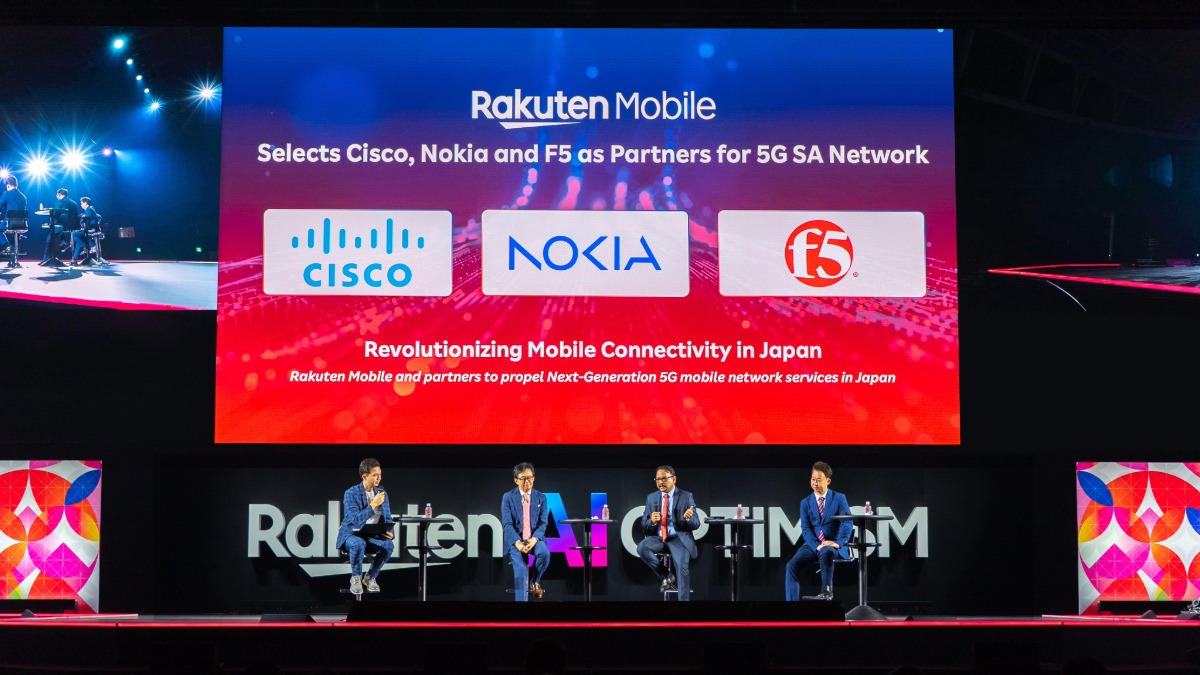SAN JOSE, Calif., May 17, 2001 - Cisco Systems will this morning announce the results of a study with Sage Research highlighting how businesses can increase employee productivity by installing and deploying wireless local area networks (WLANs). For the study, entitled "Wireless LANs: Improving Productivity and Quality of Life," Sage Research interviewed 20 businesses with 1,000 or more employees that have been using WLANs for at least one month. Among the most notable benefits named by the businesses were time and money savings, as well productivity gains, greater flexibility and accuracy, and improvements in employee quality of life.
Cisco will release the survey results today at 10:15 a.m. Pacific as part of a briefing highlighting key technologies that are driving productivity and profitability for today's businesses. Cisco Systems Senior Vice President Charles Giancarlo will discuss wireless LANs and Long Reach Ethernet as two emerging technologies that businesses are rapidly adopting to help cut costs and increase profits in the present economy climate. For a live audio Web cast of the briefing, visit http://www.cisco.com/go/innovation.
By interviewing actual WLAN users, the study uncovered widespread WLAN productivity benefits, particularly time savings, flexibility and quality of work. Hours saved by WLAN use ranged from one to 15 hours per user, per week, with an average time savings of eight hours per user, per week, according to survey results. One IT manager at a New Jersey health-care company indicated its average WLAN user saves at least three hours a day, or approximately 15 hours a week. The manager attributes the time savings to the facility's now immediate access to patient medical records and files, a task that once required administrative assistants to track down the written records and physically pull the files.
The strongest, most quantifiable benefit of WLAN usage in the study was time savings. In today's high pressure world, time savings can be easily translated to significant dollar savings for organizations. Businesses surveyed claim they saved from $30 to $750 per user, per week, from WLAN use, depending on employee level and pay rate. One utilities company employing 270 WLAN users estimated it saved an average of $50,200 in employee hours each month.
The growing popularity of wireless networking can be attributed to the ability of WLAN users to roam around WLAN-enabled locations without being tethered by wires. Wireless LANs offer its users the flexibility to access the LAN from a variety of traditional areas inside their building(s), as well as non-traditional areas-sometimes even outside their building(s). According to the survey, businesses are using WLANs in conference rooms, hallways, boardrooms, meeting rooms, the production floor, maintenance areas, laboratories, hospital examining rooms, warehouses, company cafeterias, libraries, among other locations.
Participants in the survey included representatives from varying markets and industries, including education, finance, health care, government, manufacturing, retail, transportation and utilities-nearly all of whom realized significant benefits from the technology.
"The results of this study show that wireless LANs are being deployed across vertical industries-not only by health-care and education organizations," said Jared Huizenga, Project Manager at Sage Research. "The qualitative benefits of WLANs such as increased productivity, flexibility, and accuracy are being realized by many organizations and play a major role in WLAN adoption."
"Our customers are continuing to invest in IT infrastructure despite the current economy. They are looking for technologies that will help them focus on their core business while reducing costs, maximizing resources and increasing revenue," Giancarlo said. "Both wireless LANs and Long Reach Ethernet are quickly growing in popularity as businesses realize the short- and long-term benefits they can receive by deploying broadband technologies."
For more information on the Cisco Systems Sage Research study, entitled "Wireless LANs: Improving Productivity and Quality of Life," and today's press event, visit News@Cisco at http://newsroom.cisco.com.





